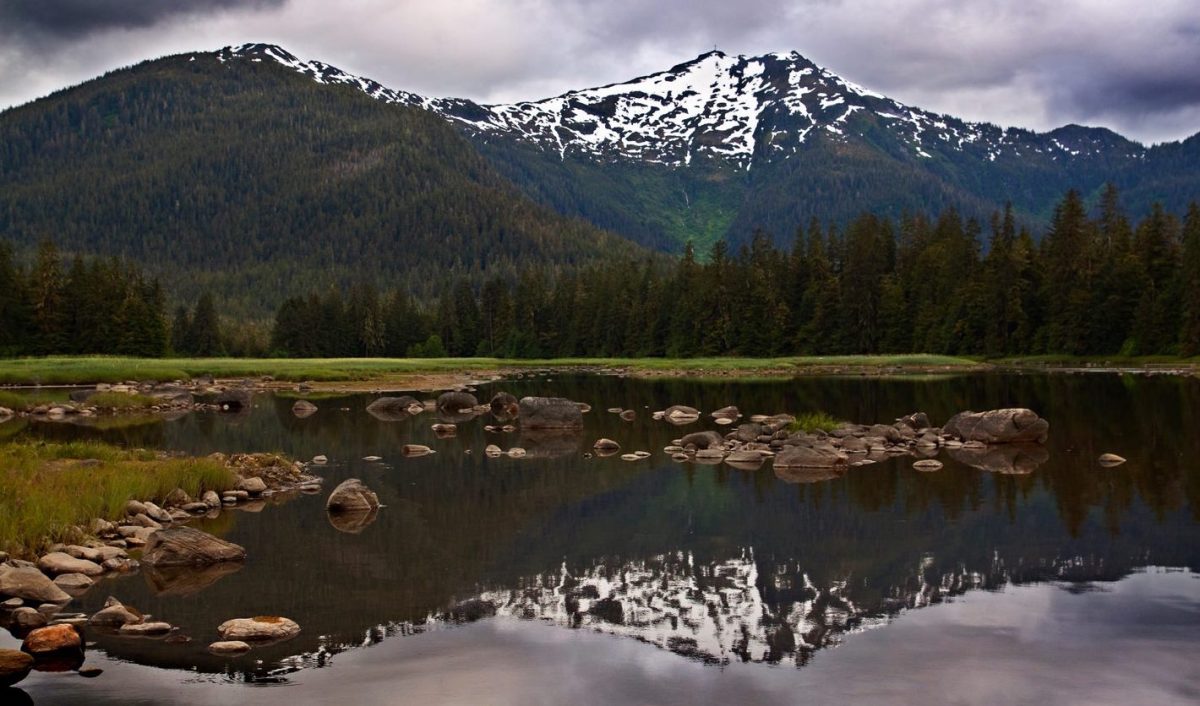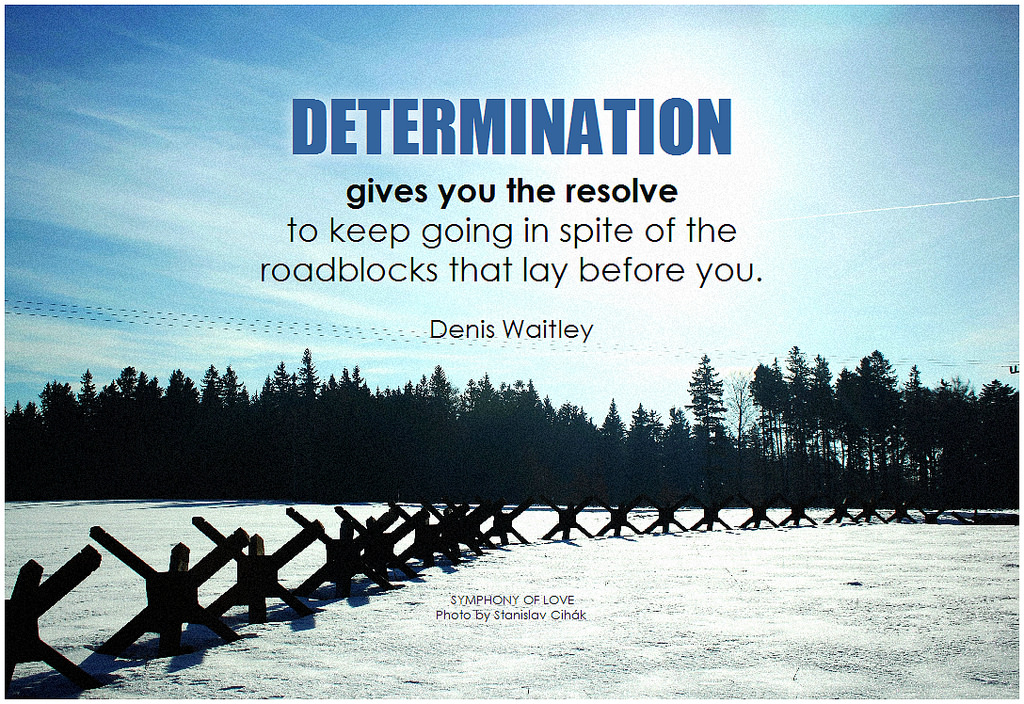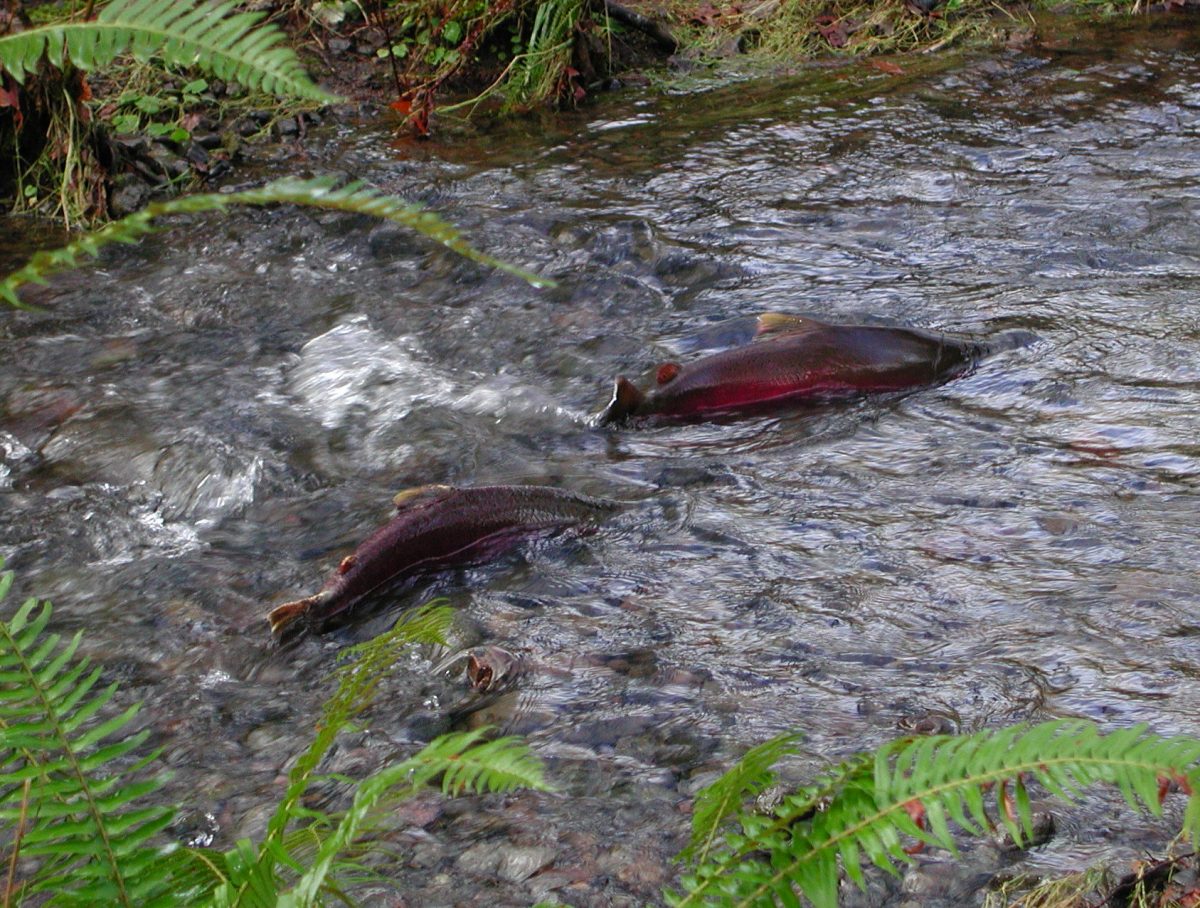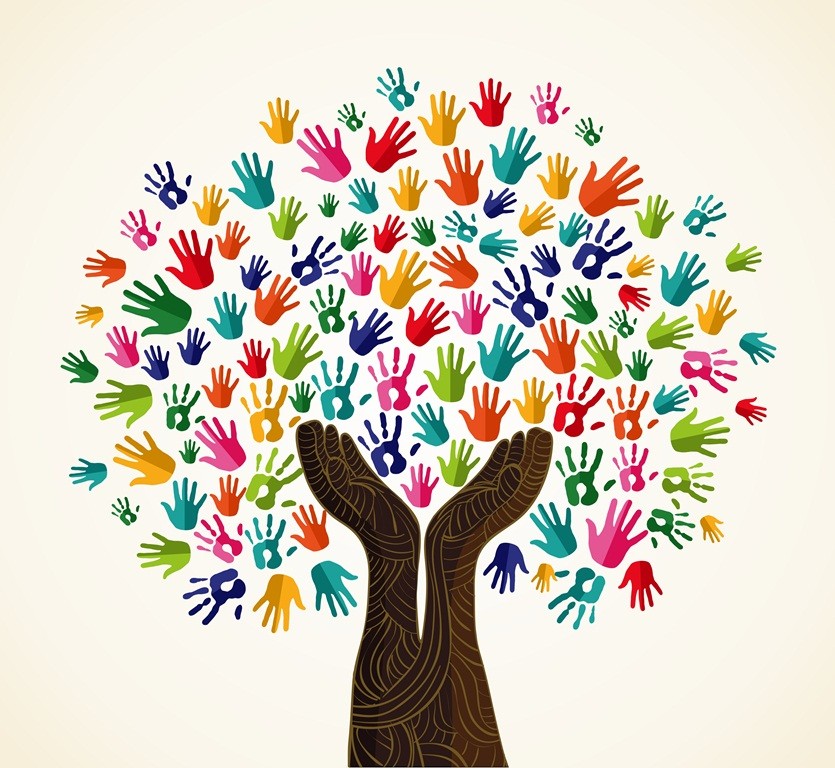ALST600 Alaska Studies was not a typical history course, and you were not the typical History teacher.
You saw potential in each of us, and gave us the freedom to experience a new situation. We were the historians in the room. I started this journey with excitement and hesitation for the big project ahead- writing our own book. You were there for us each step of the way, helping us when we got stuck.
Project- based learning involved a dynamic classroom approach, in which we acquired a deeper knowledge through exploration of the region we choose.
I found out so many things about the region, the culture,and the people. Working in small groups gave us the opportunity to share our ideas, present our point of view, and develop this project. By proofreading our classmates work, we learned about the other regions as well. There were days when you told us it was time to go home, but nobody hurried to leave. We formed a community within the classroom where we investigated and came up with answers to our questions.
What I learned from this, was that students are motivated when they are doing the researching and inquiring themselves. The teacher is coaching both knowledge development, and social skills, assessing what students have learned from this experience.






